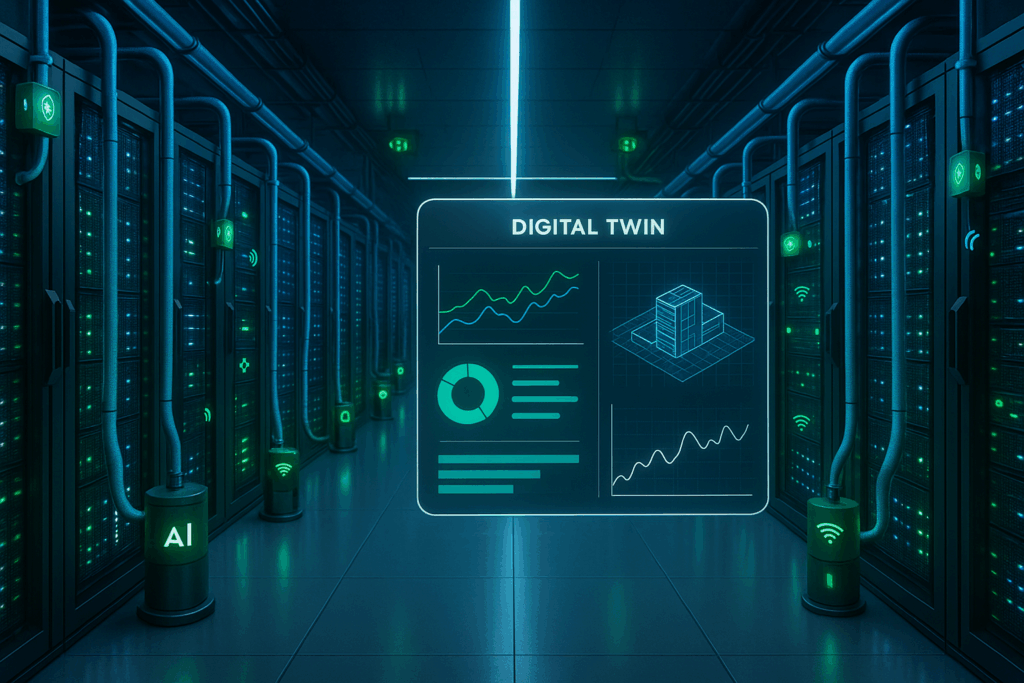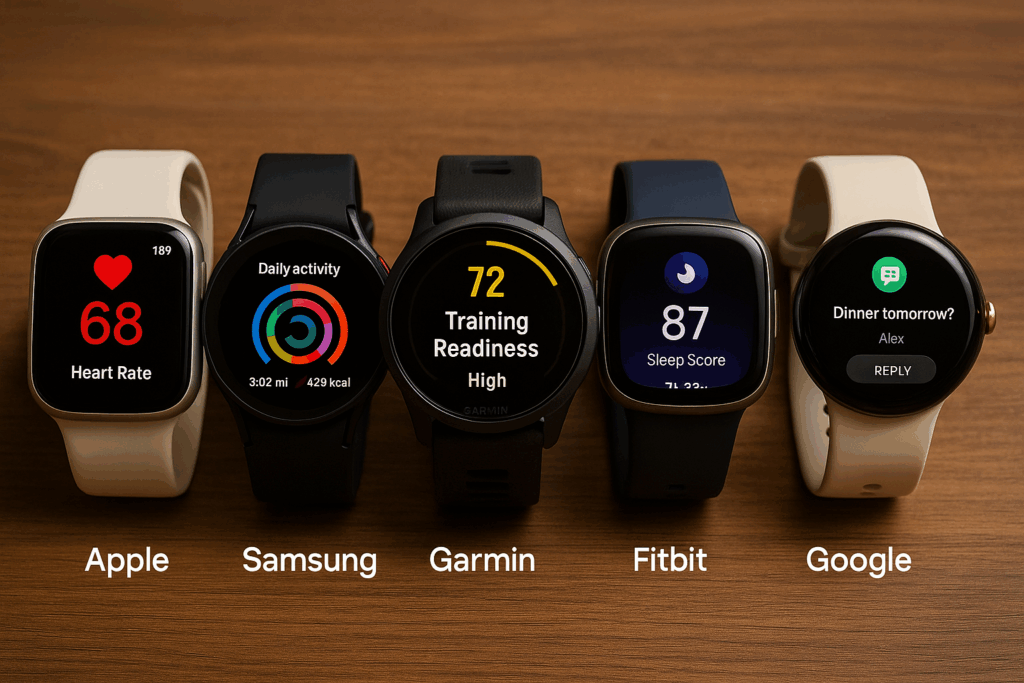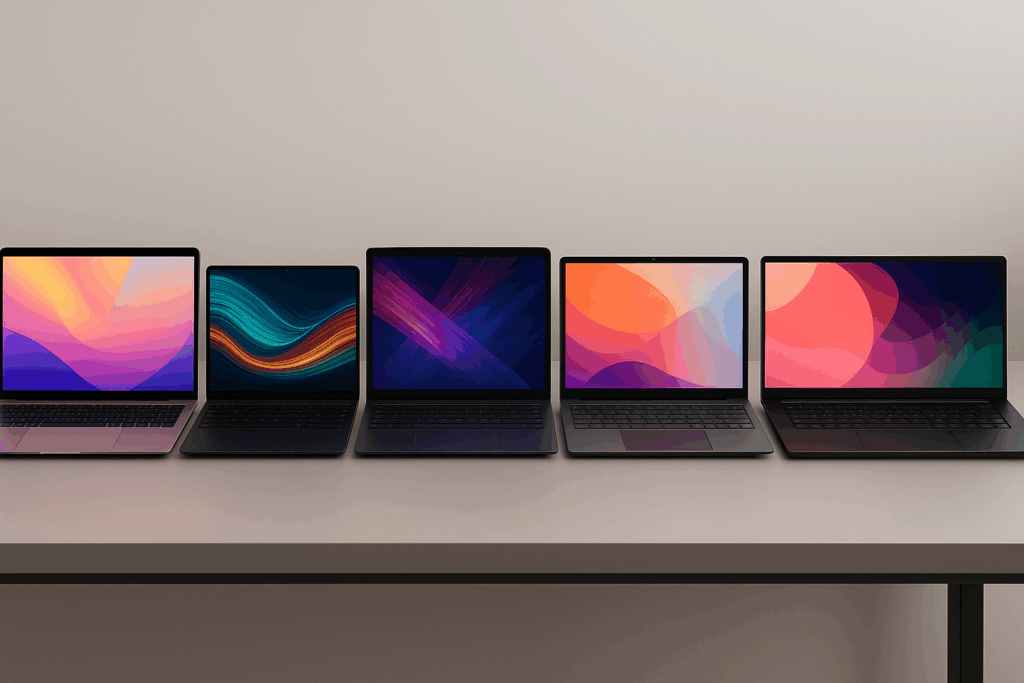The year 2025 marks a pivotal shift in how artificial intelligence (AI) is deployed and scaled, driven by the rapid evolution of Edge AI and the transformation of data centers into sustainable, high-efficiency hubs. These trends are not just reshaping technology-they are redefining industries, economies, and the very fabric of digital interaction.
Edge AI: From Cloud Dependency to Distributed Intelligence
Edge AI, the practice of running AI algorithms directly on devices rather than in centralized cloud servers, has transitioned from a niche capability to a mainstream necessity. This shift is fueled by advancements in hardware, such as Neural Processing Units (NPUs) embedded in smartphones and IoT devices, which enable real-time processing without latency. For instance, Apple’s integration of ChatGPT into iOS leverages on-device AI to enhance Siri’s responsiveness while preserving user privacy-a trend mirrored by Google’s Coral Dev Board and NVIDIA’s Jetson AGX Orin, which deliver up to 275 trillion operations per second (TOPS) for robotics and industrial automation.
The rise of Edge AI is driven by three critical factors:
- Latency Reduction: Applications like autonomous vehicles, augmented reality (AR), and real-time health monitoring demand instantaneous decision-making. Edge AI eliminates cloud round-trips, enabling split-second responses.
- Data Privacy: Industries like healthcare and finance prioritize on-device processing to comply with regulations like GDPR. For example, wearable ECG monitors now analyze heart rhythms locally, avoiding sensitive data transmission.
- Bandwidth Optimization: With IoT devices projected to exceed 75 billion by 2025, transmitting raw data to the cloud is impractical. Edge AI filters and processes data at the source, reducing bandwidth costs by up to 60% in sectors like manufacturing and smart cities.
Industries are capitalizing on these benefits:
- Retail: AI-powered cameras analyze foot traffic and inventory in real time, enabling dynamic pricing and loss prevention.
- Healthcare: Portable MRI machines use edge-based AI to detect anomalies without cloud dependency, critical for rural clinics.
- Energy: Wind turbines employ edge systems to predict mechanical failures, slashing maintenance costs by 30%.
Data Centers: The Backbone of AI’s Sustainable Future
As Edge AI proliferates, data centers are undergoing their own revolution to support the insatiable compute demands of AI training and inference. Traditional air-cooled systems, maxing out at 70 kW per rack, are being replaced by liquid-cooled infrastructures capable of handling 250 kW racks required for AI clusters. Innovations like two-phase immersion cooling, which reduces energy use by 40%, are becoming standard in facilities powering large language models (LLMs) and generative AI.
Sustainability is no longer optional. The EU’s Climate Neutral Data Center Pact mandates carbon neutrality by 2030, pushing operators to adopt renewable energy and waste heat reuse. Microsoft’s AI-driven thermal management systems, for example, repurpose excess heat for district heating networks, turning a cost center into a community asset. Meanwhile, modular data centers powered by solar and wind are emerging near energy sources to minimize transmission losses-a strategy embraced by Google in its Nevada solar farm-linked facility.
The AI workload surge is also driving architectural shifts:
- Hybrid Cloud-Edge Models: Critical data is processed at the edge, while non-time-sensitive tasks (e.g., model retraining) occur in centralized, renewable-powered clouds.
- Microdata Centers: Deployed in urban areas, these units reduce latency for applications like drone delivery and smart traffic systems.
Digital Twins: Bridging Physical and Digital Realms
Digital twins-virtual replicas of physical systems-are emerging as a linchpin for AI-driven industries. By 2025, 70% of enterprises use them to simulate scenarios, optimize operations, and predict failures. Key advancements include:
- AI-Enhanced Simulation: Siemens’ digital twins for power grids model renewable integration, balancing supply and demand in real time.
- Healthcare Personalization: Hospitals create patient-specific twins to test treatments, reducing surgical complications by 25%.
- Smart Cities: Barcelona’s digital twin optimizes energy use across 1,500 buildings, cutting emissions by 33%.
The integration of IoT sensors and 5G connectivity enables twins to update dynamically, providing actionable insights. For example, manufacturers like Tesla use twins to simulate production line changes, slashing downtime by 50%.
Challenges and the Road Ahead
Despite progress, hurdles remain:
- Security: Distributed AI expands attack surfaces. Zero-trust frameworks and homomorphic encryption are critical to protect edge devices.
- Talent Gap: A shortfall of 3.4 million cybersecurity and AI experts necessitates automated SOC platforms and upskilling initiatives.
- Energy Equity: While Nordic data centers leverage hydropower, regions like Southeast Asia struggle with coal-dependent grids, risking AI’s carbon footprint.
Conclusion: A Symbiotic Future
2025 heralds a future where Edge AI and sustainable data centers coexist symbiotically. Edge devices handle real-time decision-making, while green data centers provide the brute force for AI training and global coordination. This synergy, powered by innovations in cooling, hardware, and digital twins, promises to democratize AI while mitigating its environmental impact. As industries navigate this transition, the winners will be those who balance performance with planetary responsibility-a challenge as complex as the technologies themselves.


